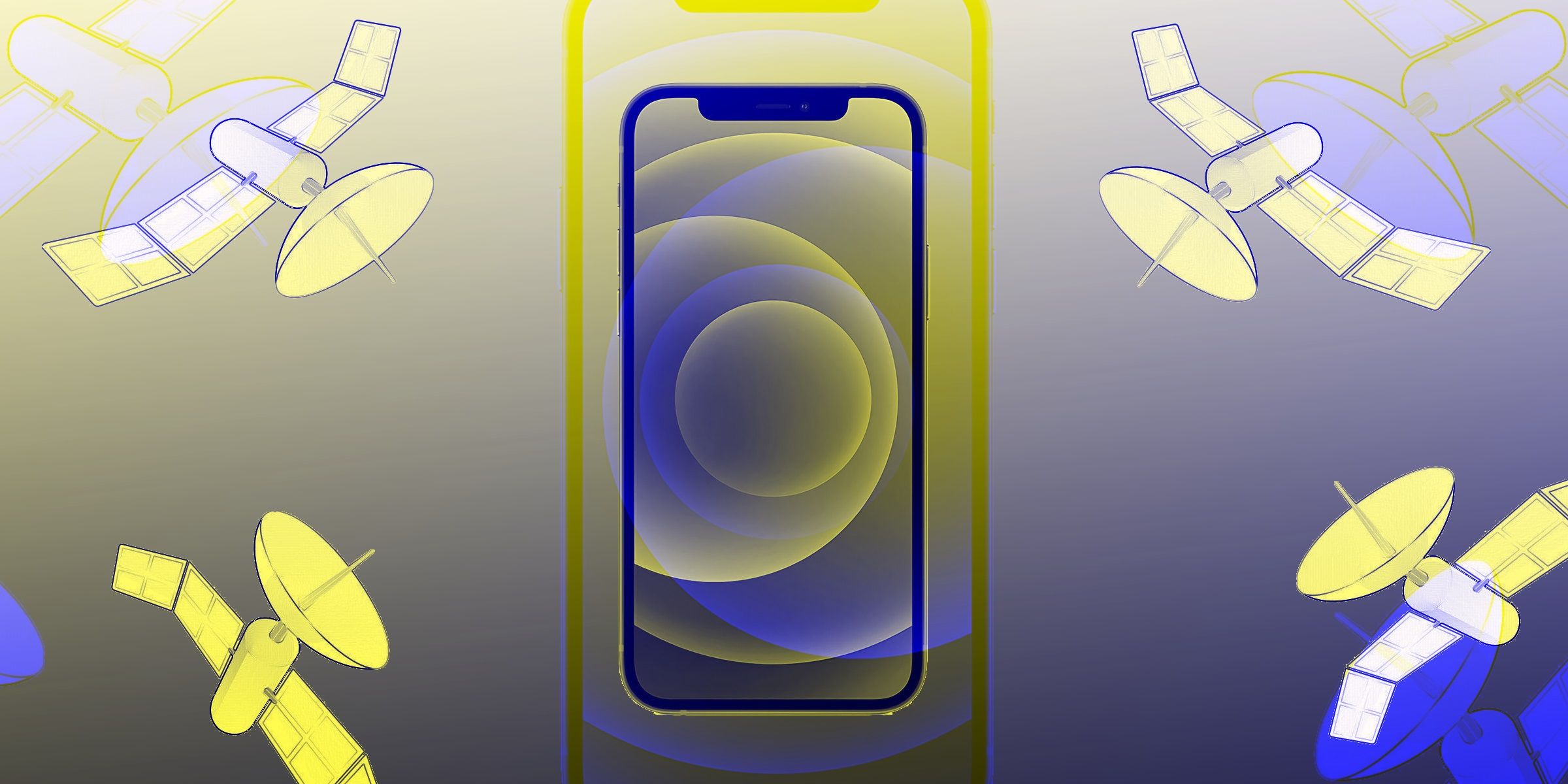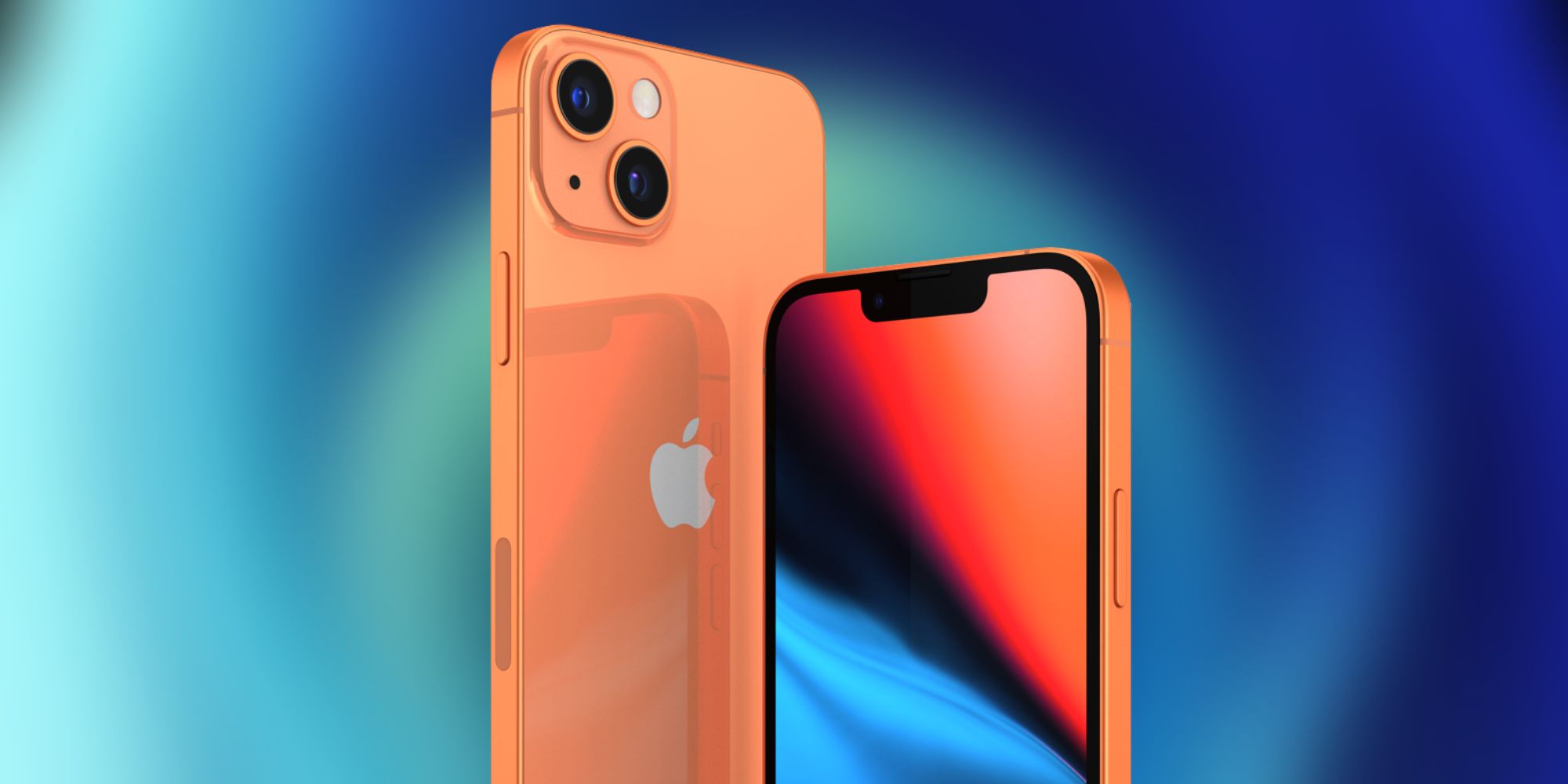
The iPhone 13 series will reportedly allow users to text and make calls when they are out of cellular network range, thanks to a custom Qualcomm chip that will link with LEO (Low-Earth Orbit) satellites. If the name LEO satellite rings a bell, that’s because they will eventually form the constellation that beams internet service on Earth as part of Elon Musk’s ambitious Starlink project. However, Qualcomm began work on a similar project all the way back in 2015, when it announced the development of a global communications network using LEO satellites in partnership with OneWeb.
LEO satellites orbit at a range of roughly 1,200 kilometers, which is much closer to the Earth compared to the existing Geosynchronous (GEO) satellites that orbit at approximately 36,000 kilometers. The core goal of deploying LEO satellite constellations is to provide low-latency, high bandwidth internet service, especially in areas where the existing broadband or cellular network infrastructure is either sparse, or non-accessible in its entirety. Compared to the early 90s, technological developments and cost reductions have made it a feasible solution in the current day and age.
As per TFI Securities analyst Ming-Chi Kuo (via MacRumors), the iPhone 13 series will come equipped with a custom Qualcomm X60 chip that will offer support for satellite connectivity. Thanks to this, iPhone 13 users will be able to make calls and send text messages even if their phone is out of cellular network coverage. This will come in handy especially in rural areas, or on outdoor trips such as trekking or hiking. If the rumor indeed turns out to be true, Apple will take a lead against Android phones that are yet to employ the new Qualcomm X65 chip that enables satellite-driven connectivity.

Providing satellite connectivity to an iPhone is not a one-party or two-party game. At the heart of this feature is a company named Globalstar, which recently partnered with Qualcomm to add support for the n53 Band on its latest baseband chip. However, in order to take advantage of LEO satellite connectivity on an iPhone, cellular network operators will have to partner with Globalstar. A key advantage of this partnership is that users likely won’t have to pay extra on top of their cellular plans to access satellite connectivity. To recall, Apple is reportedly planning a Wi-Fi 6E upgrade for the iPhone 13 series as well.
Kuo predicts that satellite connectivity on mainstream phones will have the same impact as mmWave 5G, which took internet speeds to a whole new level and paved the way for applications such as high-res content broadcast and cloud gaming. Apple is reportedly quite optimistic about the prospects of satellite connectivity on the iPhone 13 and set up a dedicated research and development team to explore the use case scenarios a while ago. In addition to iPhones, Apple reportedly plans to bring the benefits of satellite connectivity to other devices as well, such as wearable headsets, IoT devices, and its highly-anticipated electric car.
Source: MacRumors
from ScreenRant - Feed https://ift.tt/3jr9xAc






0 Comments
Please don't use vulgar comments and avoid discussion on Religious matters